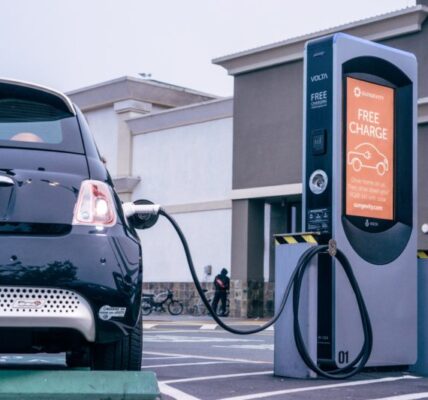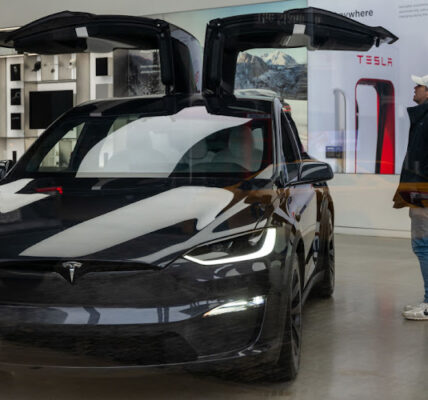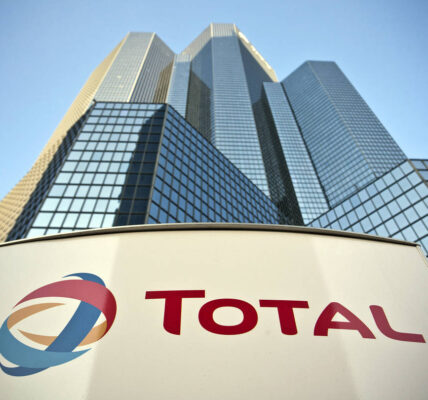Italy is the latest country listed by Tesla in the European Non-Tesla Supercharger Pilot program, which currently includes a three-digit number of stations.
As in the case of most of the other countries, also in Italy only some of the Tesla Supercharging stations are available to non-Tesla electric vehicles.
The company does not provide a list of such stations that we are aware of, so the only way to see whether non-Tesla EVs can use a particular station is to individually check it in the Tesla app – it should have an annotation “This Supercharger is open to Tesla vehicles and Non-Tesla vehicles with CCS compatibility.”
The Tesla app also indicates prices (which might dynamically change, depending on time) and is crucial to configure an account and start a charging session. Electric vehicles must be compatible with the CCS Combo 2 (CCS2) charging standard to use the charger.
Italy is the 15th country in Europe, where non-Tesla EVs can recharge at Superchargers. Previously, Iceland joined in September.
The full list of markets included in the pilot program:
- France
- The Netherlands
- Norway
- UK
- Spain
- Sweden
- Belgium
- Austria
- Denmark
- Finland
- Germany
- Luxembourg
- Switzerland
- Iceland
- Italy
We don’t know the exact number of charging stations and stalls included in the pilot project, but we are talking about a three-digit number of stations and a four-digit number of stalls (out of over 10,000).
Tesla is expected to continue the expansion of the program in Europe, where new Tesla cars and Superchargers are compatible with the CCS2 charging connector, just like almost all other electric cars.
In North America, things are more difficult because Tesla uses its proprietary charging connector. It was recently named the North American Charging Standard (NACS) and opened to the entire industry. However, because other electric vehicles are equipped with a CCS1 or CHAdeMO inlet, they can’t use NACS without a special adapter. In other words, such a pilot program is not easily doable and would at least generate an additional cost and complexity.
Tesla announced previously that its long-term goal is to make its Supercharging network available to all electric vehicles. Only time will tell when it will be implemented at full scale.
The charging connector compatibility, layout (short charging cables), marketing (exclusivity of Supercharging), as well as profitability, are some of the main points to consider when opening the network to non-Tesla EVs. Tesla must also double-check whether its infrastructure can handle more EVs at particular locations.







